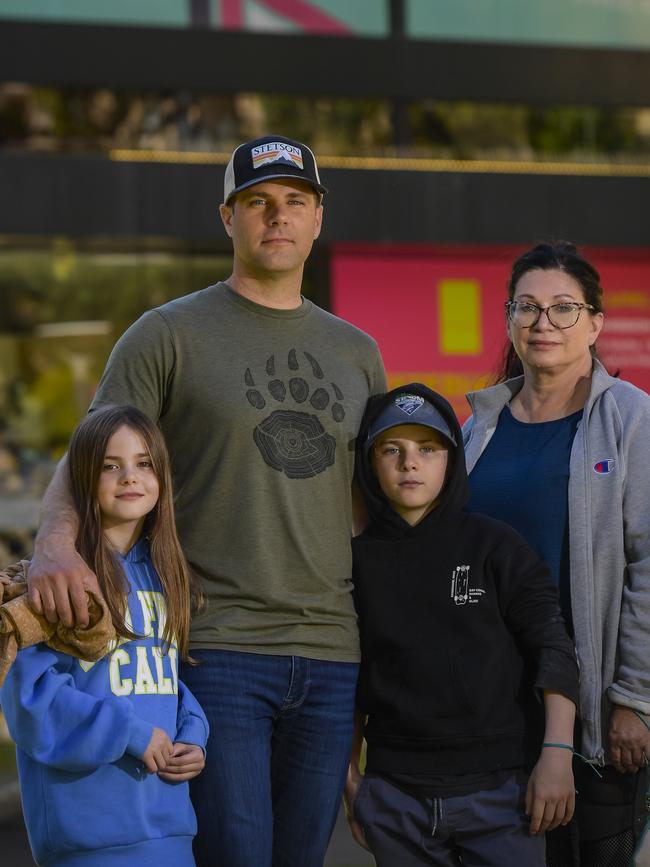Outraged SA Museum goers call for rethink as stuffed animals face imminent extinction
Local and international visitors have told The Advertiser what they make of plans that could see the end of two of the SA Museum’s most popular features.

SA News
Don't miss out on the headlines from SA News. Followed categories will be added to My News.
International and domestic visitors have called for the South Australian Museum to rethink its “woke” agenda after donors insisted there were moves in place to get rid of beloved stuffed animals and the Ancient Egypt gallery.
Glen Cullen, who is visiting Adelaide from British Columbia, said the stuffed animals inside the museum brought a “unique feature”.
“It’s important. When that gets stripped away, you really start to lose what really has established this museum and what’s made it unique,” the 39-year-old said.
“It would be a disappointment for not just us but for the majority of families who come to the museum because if we didn’t want to see it, we wouldn’t be coming here.

“This will be a unique experience for my kids to see and it’s memorable – they’re going to remember it for the rest of their lives.”
Critics are decrying a “woke” agenda to advance climate change research and exhibits, insisting there is a proposal in place to get rid of both the Ancient Egypt gallery and the copious amounts of stuffed animals.
SA Museum chief executive officer David Gaimster told The Advertiser “a new vision and draft strategic framework covering all aspects of the museum’s activities” had resulted in a proposed restructure.
“The restructure will aim to improve how we manage our globally significant collections and support essential scientific and cultural research,” Mr Gaimster said.
The Advertiser revealed on Thursday morning that philanthropists who had donated multimillion-dollar sums into the South Australian Museum to support world-class research were angered by moves to use their gifts for operational funding.
Benefactors of the 165-year-old institution’s globally significant scientific, anthropologic and architectural research were shocked to learn their money instead might pay for chronic operational funding gaps.

Lena Liebchen-Meades, 22, said taxidermy was a “valuable” practice in order to see animals that you “wouldn’t be able to otherwise”, but said she had some reservations about the process.
“I wouldn’t say I’m particularly fussed either way (but) I think taxidermy is valuable so that you can see real animals that you wouldn’t be able to see otherwise. It’s a bit … not off-putting, but not enjoyable to walk through and see it,” she said.
“It’s also that they kind of just look very, very dead … and old. They don’t look how they should be and it’s not pleasant I suppose. I think taxidermy freaks me out a bit.

“It is valuable though and I think that it is an important thing. Like, those monkeys and stuff, “I wouldn’t be able to see otherwise and I would have no understanding about what they look like. It’s great for kids.”
“Scientifically, I think it’s really important to have those things,” Kerstin Liebchen said.
Paul Strommer, a tourist from Tasmania, said the removal of the stuffed animals would be “detrimental to people’s experiences”.
“I always like to look at them – the stuffed animals,” Mr Strommer, 70, said.
“I think there’s a lot to be learnt from understanding extinction and seeing these animals who were once observed and enjoyed by previous generations.”
More Coverage






